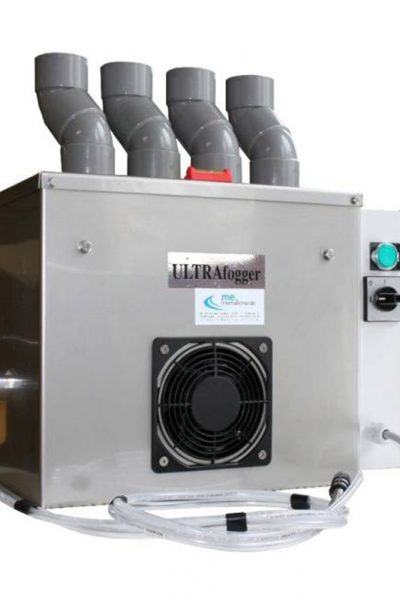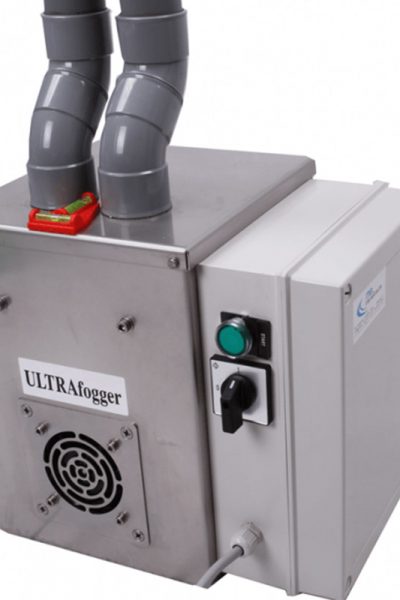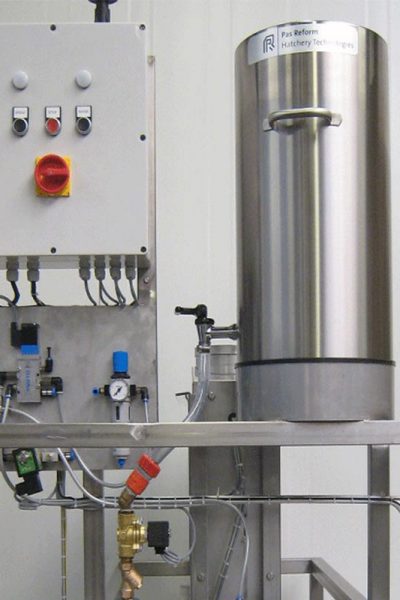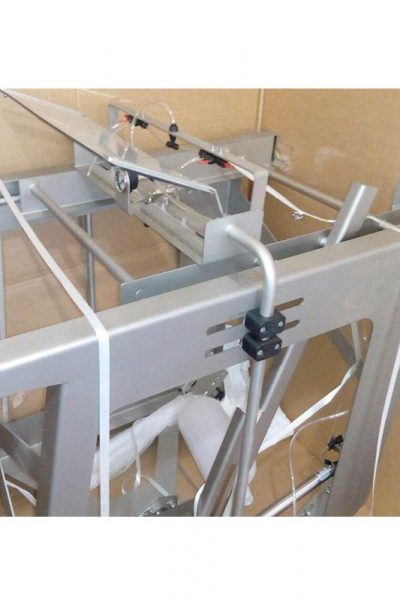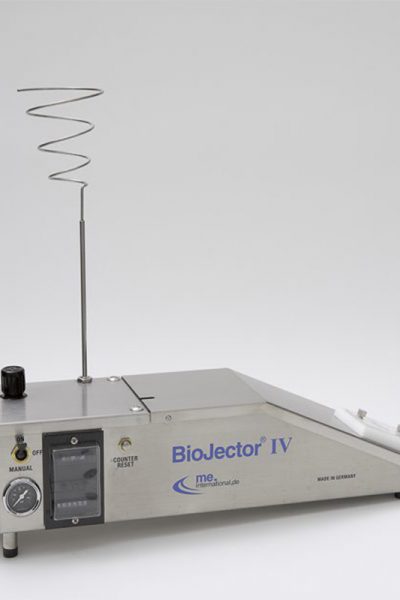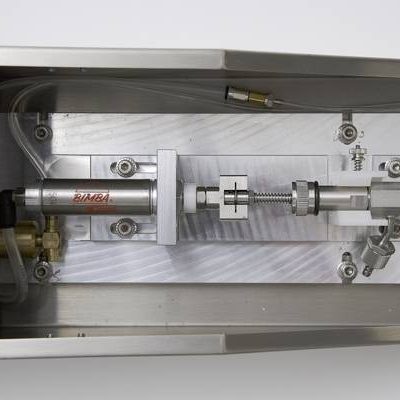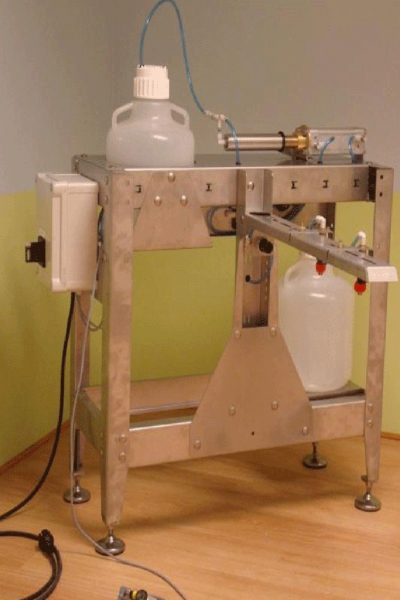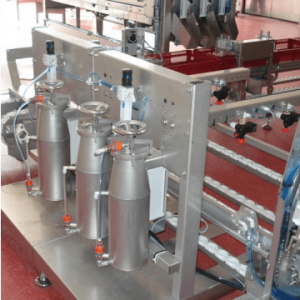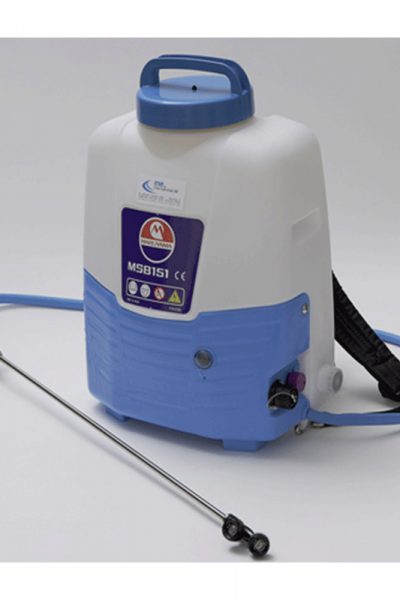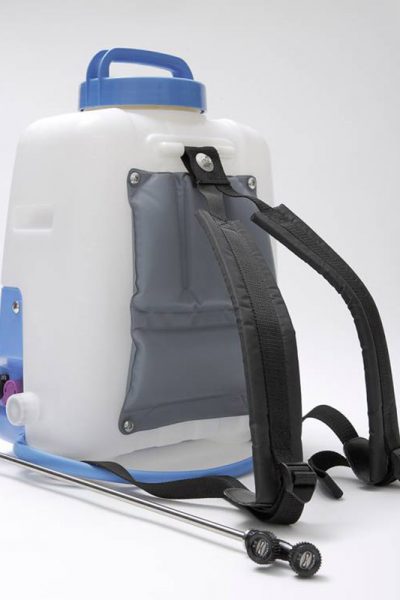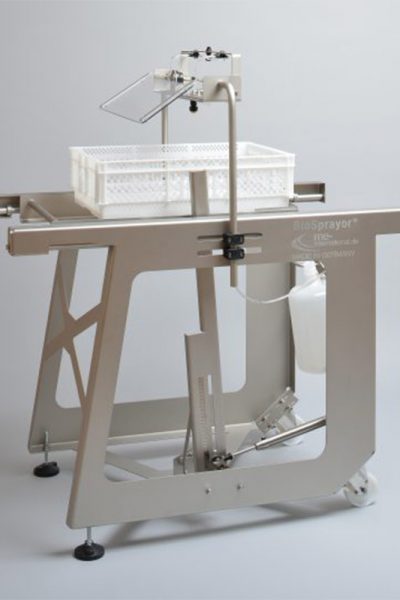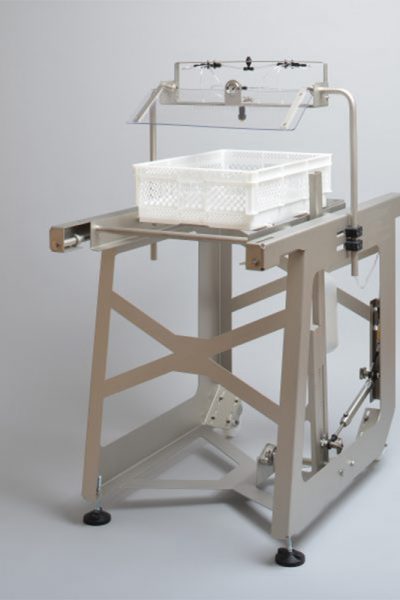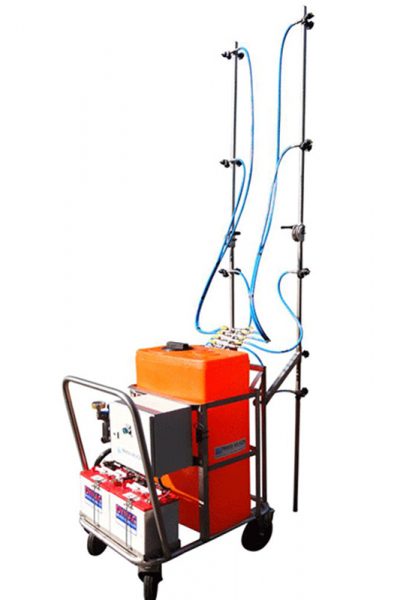Vaccination
A society may progress as long as its people are physically and mentally healthy. In other words, the healthier and happier the community, the faster the socio-economic and cultural progress will evolve. The population of the world and Iran is increasing day by day. On the other hand, customers whoseek healthy, high quality with reasonable prices protein source such as poultry products are also expanding. Should the poultry industry is based on scientific principles and attentive to its related inputs, itcould easily provide a large part of the protein needs of Iranian population.
One of the most important causes of fluctuations in poultry industry in our country is the direct and indirect damages caused by the occurrence of numerous outbreaks of diseases (especially viral diseases). In preventing an epidemic, vaccination (immunization) programs for flocks have an important and effective role to play.
The primary goal of vaccination programs at each farm should be preventingsome disease from occurring and reduce its negative effects on flock performance and economic efficiency. Every farm has to adjust its vaccination program with a number of variables (epidemic diseases, access to vaccines, costs, implementation, etc.) based on experience and status of infection in the farm region.
In general, vaccine administration methods are divided into two major categories:
Individual Method: This method includes eye drops, injections, inoculation of wing tissue, beak and nostrils dipping in vaccine solution. Egg injections have also been added to the collection in recent years..
Group method: This method includes drinking and spray methods.
In order to achieve optimal quality it is important to organize vaccination procedures. Compliance with all the hygienic tips including washing and sterilizing the equipment and tools used in vaccination and utilizing modern equipment is essential.
Vaccination is primarily used to stimulate the bird’s immune system, prevent disease outbreaks and reduce negative effects on performance and efficiency of poultry flocks. The quality of vaccination and flock’s reaction to the vaccine is very important. Since vaccination itself is a stress, one should try not to impose additional stress on the flock during the procedure.
Vaccination methods or management programs are also involved in causing severe post-vaccination reactions, as following:
- Use of inadequate vaccination equipment
- Use of inappropriate vaccination method
- Inadequate transportation and vaccine preparation
- Use of inappropriate vaccine strains
- Insufficient dose of vaccine
- Inappropriate flock age
Ergo high-quality vaccines alongside high quality equipment will keep your poultry protected against diseases at any age.
For example, inadequate droplet size of vaccine solution could be problematic. Non-standard or non-sterile syringes or needles could increase the statistics of paralysis and swelling and form an abscess at the injection site.
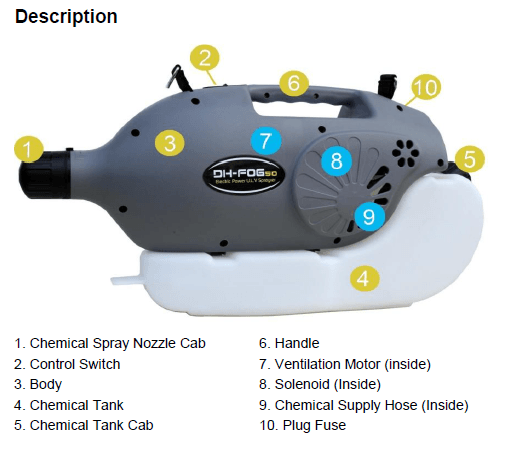
Disinfection
Mankind have always been using animals either the wild ones or domestics as food source in history. This requirement is growing larger as the population gets bigger, that today’s dependence of mankind on livestock is vital. The use of livestock’s products has a wide scope.
In that respect there are several sciences as veterinary, animal husbandry, agriculture, animal nutrition, breeding, food industry, etc. are working to increase livestock production. In all aforementioned fields, “health” has always been and will always be the most important and necessary factor.
Mankind has long recognized the importance of health in its life and in the livestock and the environment, so today Outline of health sciences is a branch of empirical science in a variety of specialized branches.
In fact, wherever life exists, health is a must. Now that the needs of the human community are on the rise, in providing products by domestic livestock of each region, health science plays a vital role in creating healthy herds, so eliminating health is essential. In other words without health there will be no life in community. Having a healthy herd is the most important factor in achieving economic profitability in either small or large complexes of milk, meat and poultry farming.
There are several methods available to achieve proper health. Along with other methods of pollution control, disinfection is used to provide the hygienic requirements of a farm. Disinfection means the control or destruction of microorganisms that pollute the environment and cause disease or death by disrupting the health balance of organisms. Naturally, there are always a myriad of saprophytic or pathogenic micro-organisms associated with humans and animals and the environment. Therefore, living in an environment free of microorganisms is neither possible nor available. As some pathogenic micro-organisms disrupt the natural balance of an organism, a disease will appear. The main purpose of disinfection is to destroy the possible available pathogens which can cause disease by changing the natural balance to a critical one. Of course in this procedure some of the useful non-pathogen micro-organisms may be eliminated. But there is no viable way to destroy only pathogens without damaging saprophytes or other useful micro-organisms.
The methods and practical principles of domestic animal disinfection are somewhat different. For example, the disinfection method of a hatcherydiffers from the disinfection method of the large livestock hall. This difference is not only evident in the way the disinfectant is performed but also in the type of disinfectant.
Using high quality disinfectants, along with high quality disinfectant equipment, will keep your poultry protected from diseases at any age.
![[VST] Vala Sanat Tose'e](http://vst-co.com/wp-content/uploads/2019/12/vst-120-80.png)
